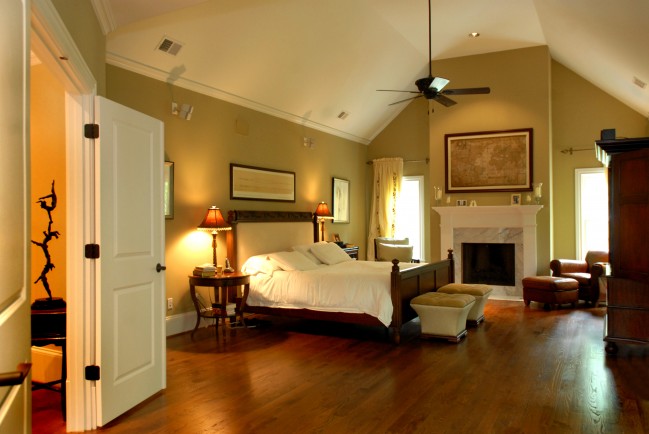
In my last 2 blogs on Real Estate Photography has dealt mostly with digital techniques and the importance of being familiar with these tools in helping the photographer separate themselves from the rest of the pack. In this blog, I would like to deal with more of the “creative” aspect. The concept of making the best decisions that would make the photograph more meaningful to the potential client.
This is not about Photoshop tools, it’s about including aspects of the listing that are important about the listing as well as creative decisions that may enhance the feeling of the space being photographed. When I shoot a listing, I always keep in mind the difference between aspects that are common to every owner of that house and which aspects are not.
What I mean by this is, when one owner sells their house to someone else, what usually happens? The window treatments, the lighting fixtures and the ceiling fans go to the next owner. Sometimes, the refrigerator and various appliances remain with the house and sometimes all the furnishings go to the next owner. Before I start shooting, I like to talk with the present owner, if possible, as to what is staying with the house along with special consideration as to the architectural elements of the house. They can be the little things that help sell a house. Things like arched doorways, gables, window, etc.
Being sensitive to these factors can really make the potential client feel intrigued by a house seeing the total package of what they would be buying. One more factor in bringing a listing to life is the angle in which a room is shot. Most Real Estate Photography is done by agents (not photographers or artists) or a student with basic photographic skills working for a company that produces “Virtual Tours”. Pictures they shoot are usually hand-held, with an on-camera flash and shot from one POV (point of view).
These images are usually artistically impotent and are shot as if they walked into a room and shot it at eye level. Once and a while, this type of treatment can be tolerated but in many cases, every shot is treated with this approach. In addition, their flash usually obliterates any ambient lighting that suggest personal comfort or intimacy with the house. I suggest shooting tests to get the correct balance of artificial light(flash) and natural light within a house. A flash, unless used correctly, detracts from a beautiful scene.
Remember, a photograph should always enhance the living space…If the picture is inviting to you, it will be to someone else. A big tip *Use a tripod. So, when shooting a house, all of these factors should be taken into consideration, objects that will be sold with the house, architectural signatures, lighting, quality of the flash vs. ambient light and angles of the rooms that can add a complimentary look to the room/house as much as possible.
There are 2 schools of thought when representing homes. Originally, and most traditionally, is showing the size and scope of the space. Showing the volume of the interior. This has been the standard for quite a while, however, recently, some of the elite Real Estate companies have started a new approach that is starting to catch on. Rather than being quite literal with the images, figurative (coining a phrase) photography conveys a “feeling” about the home. This feeling is generally one of comfort, calmness, and lifestyle.
These images appeal to the potential buyer on the sensual level. They place the buyer in the position of “this is how I will feel in this house if I buy it”! Advertising companies have been doing this for many years. For example, “if I smoke I will look cool” or “if I buy this car, the opposite sex will be attracted to me…” You get the picture. There are other “psychological” issues that one must consider that I will cover in a later blog but I think that if one begins to incorporate the ideas that I have discussed so far…it will be enough to digest for now.